Dr. Hüseyin Aksu

Photosynthesis is the natural process of harvesting solar energy, where radiation is absorbed and converted to a storable form of chemical energy, in living organisms (plants, algae, and bacteria). Over the last two decades, our understanding of photosynthesis has significantly improved through advances in the structural resolution and spectral characterization. However, the complexity of the photosystems (PSs) supercomplexes still hinders a complete molecular level understanding of their structure-function relationships. In this proposal we turn to natural systems to learn important lessons that can contribute to efforts addressing the energy crisis.
Most chemical systems involve the redistribution of electronic density or energy. When the redistribution is significant, in both the amount and distance of the transfer, different parts of the molecular systems can be identified as donor (D) and acceptor (A). Such charge transfer (CT) or electronically excited energy transfer (EET) processes in molecular systems are among the most studied chemical reactions. CT may occur spontaneously, as in redox reactions, or be induced by electron injection, as in electrochemical devices, or by photoexcitation, as in photochemical reactions, photosynthesis, and photovoltaic devices. Molecular level understanding of the mechanisms underlying such transfer processes and the factors that determine their rates is key for controlling and improving the efficiency of these reactions, and thereby advancing technologies based on them. The strong effect on the generation of charge carriers and thereby cell performance in organic molecules can be explored by employing the arrangement of the “D” and “A” interface...
ONGOING PROJECTS
Hydrogen bonding effect via [His-M202][Tyr-M210][H2O] bridge between PB and BA in primary electron transfer of bacteria reaction center

PEqS code with Screened Range Separeted Hybrid Functional: An Application of Anisotropic Dielectric Environment

